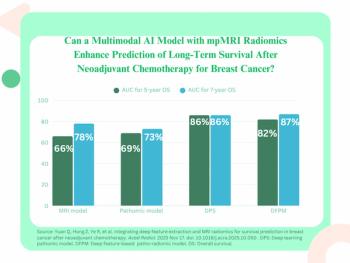
fMRI unveils the neurobiology of anxiety
Functional MRI can differentiate between people who experience substantial dread about adverse experiences and those who don’t, according to a study released by the National Institute on Drug Abuse. Findings could provide new insights into the neurobiology underlying addictive behavior.
Functional MRI can differentiate between people who experience substantial dread about adverse experiences and those who don't, according to a study released by the National Institute on Drug Abuse. Findings could provide new insights into the neurobiology underlying addictive behavior.
"There is substantial evidence that drug abusers place more value on short-term, rather than long-term, outcomes. Past investigations that have looked at how drug abusers make choices have used positive rewards. But this study looked at how people made choices when faced with unpleasant stimuli," said NIDA's director Dr. Nora D. Volkow.
In the study, Emory University researchers enrolled 32 subjects without a history of drug abuse. They used fMRI to create images of the subjects' brain activity while the subjects awaited brief electrical shocks to their feet.
The investigators found that the dread of waiting produced increased blood flow in brain areas that control pain perception. Specifically, responses were seen in areas of the brain that appear to be ruled by attention more than in regions associated with fear. Preliminary findings were published in the May 5 issue of Science.
Researchers established subjects' maximum pain threshold and then offered choices related to the electric shock they were about to receive. For instance, subjects could choose to receive a shock for about one-third of their threshold after waiting half a minute or receive a more powerful shock in less than 10 seconds. The investigators noted that normal, healthy subjects could be divided into extreme dreaders: those who could not tolerate a delay and preferred an immediate, though stronger, stimulus; and mild dreaders, who could tolerate a delay for a milder shock, said principal investigator Dr. Gregory Berns.
"We saw that the extreme dreaders could be distinguished from the mild dreaders by virtue of the information captured on the brain scans. The findings suggest that dread derives, in part, from the attention devoted to the expected physical response and is not simply a fear or anxiety reaction," Berns said.
According to Volkow, continuing to use drugs despite the knowledge that doing so will produce negative effects is a hallmark of addiction. The results of this study form the foundation for future research to determine whether drug abusers exhibit disruption in the brain systems that process anticipation of unpleasant consequences.
The use of brain imaging technology in this setting should help develop tailored treatment strategies for addiction and drug abuse, said Dr. Elias Zerhouni, NIH director.
For more information from the Diagnostic Imaging archives:
Newsletter
Stay at the forefront of radiology with the Diagnostic Imaging newsletter, delivering the latest news, clinical insights, and imaging advancements for today’s radiologists.




























